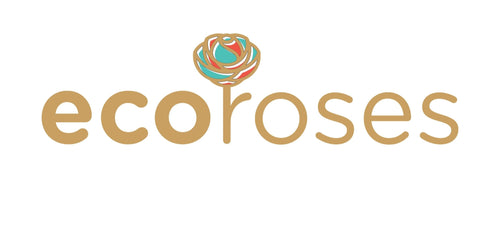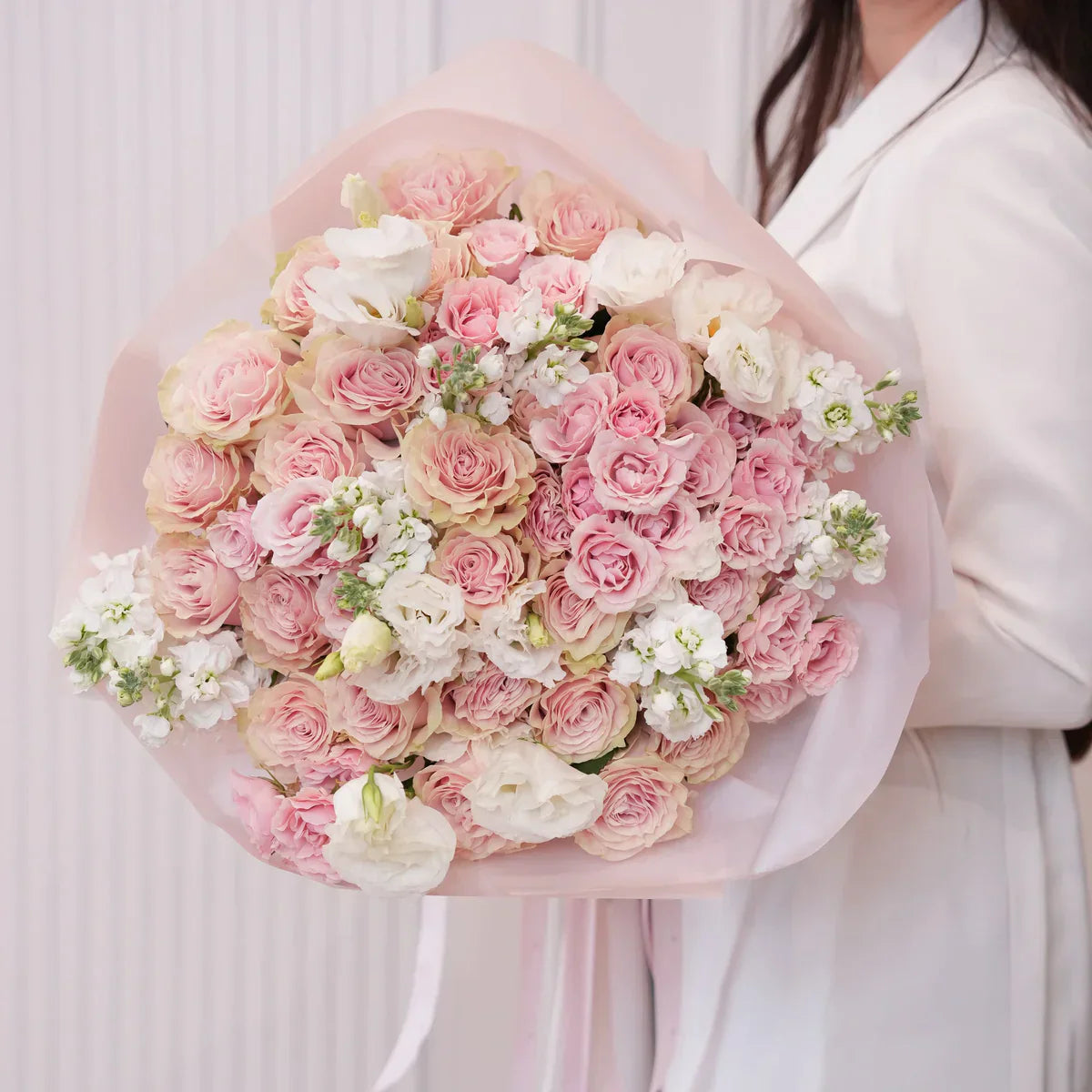Fresh flowers may be nature’s most beautiful gift, but the journey they take from farm to vase isn’t always as pure as it seems. While floral arrangements represent love, joy, and celebration, the global flower trade comes with an environmental price tag that few consumers realize.
In this in-depth guide, we’ll explore the hidden environmental costs of international flower production-covering everything from water consumption and chemical use to air miles and carbon emissions. We’ll also offer insights into how eco-conscious floral practices and mindful choices can help protect the planet without sacrificing beauty.
If you're seeking blooms that are as sustainable as they are stunning, consider shopping consciously curated options from Ecoroses LA, where flower elegance meets mindful sourcing.
💐 The Scale of the Global Flower Industry
The global cut flower market is worth over $45 billion annually, with major exporting countries including:
-
The Netherlands (flower auction capital)
-
Colombia
-
Ecuador
-
Kenya
-
India
Flowers are grown in massive monoculture farms and shipped across continents, often in refrigerated cargo planes, to meet demand in the U.S., Europe, and Asia-especially around holidays like Valentine’s Day, Mother’s Day, and weddings.
While beautiful, the global scale of this trade has significant environmental implications.
✈️ The Carbon Footprint of Imported Flowers
One of the largest environmental impacts of the global flower trade is the carbon emissions from air transport. Cut flowers are perishable and need to travel fast-usually by air freight, which is one of the most polluting modes of transport.
Example:
A bouquet imported from Colombia to Los Angeles travels over 3,000 miles-often in temperature-controlled cargo, consuming immense energy.
Key Issues:
-
High fossil fuel consumption
-
Increased CO₂ emissions
-
Frequent cold-chain logistics (from farm to florist)
According to studies, a single Valentine’s Day flower shipment can emit over 360,000 metric tons of CO₂.
🌊 Water Use and Overextraction
Flowers like roses, hydrangeas, and lilies require enormous amounts of freshwater to thrive. Many flower farms are located in regions already facing water stress, such as:
-
Kenya (Lake Naivasha)
-
Colombia’s savannas
-
California’s Central Valley
This overextraction can reduce freshwater availability for local communities and ecosystems, contributing to water scarcity and habitat destruction.
🧪 Chemical Pesticides and Worker Safety
Most commercial flowers are not grown organically. Because they are not food products, there’s often less regulation on pesticide and fungicide usage.
Concerns:
-
Heavy pesticide use affects soil, water, and biodiversity
-
Floral workers, especially in developing countries, face health risks due to chemical exposure
-
Residual chemicals may remain on imported blooms
Studies have shown that up to 20% of imported flowers contain chemical residues beyond safe limits, impacting not just ecosystems, but florists and consumers as well.
🌱 Monocultures and Biodiversity Loss
To meet global demand, flowers are often cultivated in large-scale monocultures, where only one species (e.g., roses) is grown across hundreds of acres.
Environmental consequences:
-
Loss of native plant species
-
Soil depletion
-
Increased vulnerability to pests and disease (which prompts even more pesticide use)
-
Decline in pollinator populations, including bees and butterflies
🧼 Packaging and Waste
Fresh flowers are often wrapped in:
-
Plastic sleeves
-
Cellophane
-
Foam
-
Non-recyclable ribbons
This contributes to plastic pollution and unnecessary waste. Add in shipping boxes, drying agents, and cooling gel packs, and the environmental cost continues to climb.
🌸 Holiday Flower Surges = Seasonal Environmental Damage
The demand spike during holidays causes farms to:
-
Overproduce
-
Hire temporary, low-paid labor
-
Increase chemical applications to meet deadlines
-
Air ship larger-than-usual volumes
All of this leads to a concentrated environmental burden in just a few weeks.
💚 Sustainable Solutions Are Blooming
Thankfully, the industry is shifting. Conscious florists, consumers, and growers are exploring eco-friendly practices that minimize environmental impact.
✅ Local Sourcing
Buying flowers from local growers reduces transport emissions and supports small farms.
✅ Seasonal Selections
Opting for in-season blooms eliminates the need for energy-intensive greenhouses or imports.
✅ Organic & Certified Flowers
Look for certifications such as:
-
Veriflora
-
Fair Trade Certified
-
Rainforest Alliance
These guarantee environmental stewardship and fair labor practices.
✅ Floral Foam Alternatives
Traditional floral foam is non-biodegradable and full of toxic chemicals. Sustainable florists are now using:
-
Recycled chicken wire
-
Moss
-
Compostable mechanics
✅ Dried Flowers & Minimalist Designs
The rise of dried bouquets and minimalist arrangements reduces waste and prolongs the life of florals-making them both stylish and sustainable.
🌿 What You Can Do as a Consumer
🛍️ Buy from Responsible Florists
Choose retailers committed to:
-
Local sourcing
-
Sustainable packaging
-
Transparent supply chains
Ecoroses LA exemplifies these values by offering luxury arrangements with attention to quality, ethics, and design.
💐 Choose Longer-Lasting Flowers
Some flowers naturally last longer and reduce waste:
-
Alstroemeria
-
Chrysanthemums
-
Orchids
-
Carnations
🔄 Repurpose and Compost
-
Dry your flowers and use them in art or home décor
-
Compost petals instead of throwing them in the trash
📈 The Future of Eco-Conscious Floristry
As awareness grows, so does innovation:
-
Vertical flower farms are emerging in cities
-
Blockchain technology is being explored for transparent sourcing
-
Eco-florists are gaining popularity, especially for weddings and events
-
Demand is growing for zero-waste floral subscriptions
🏆 Why Eco-Friendly Flowers Are Worth It
While sustainable flowers may come with a slightly higher price tag, they provide:
-
Better health for workers
-
Cleaner ecosystems
-
Reduced carbon emissions
-
A story and soul behind every petal
They also last longer when properly sourced and cared for-making them both a better investment and a more responsible choice.
💬 Final Thoughts: Beauty With a Conscience
Flowers may be fleeting, but their impact on the planet is lasting. Every bouquet you buy is part of a global chain, and small decisions-like choosing local, seasonal, or certified blooms-can collectively reduce the industry's footprint.
So next time you send a bouquet or design a centerpiece, think beyond the vase. Choose flowers that are as beautiful in purpose as they are in appearance.
Browse sustainable floral options at Ecoroses LA, where elegance meets responsibility-and every bloom tells a better story.


